Lunar robot Pragyan takes a remote image of the Vikram lander after the pair of vehicles have passed the halfway point of their Chandrayaan-3 mission.
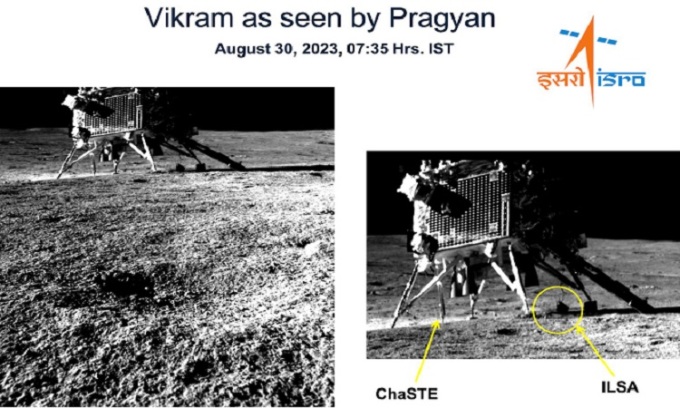
Vikram station in this image taken by robot Pragyan. Photo: ISRO
The Indian Space Research Organization (ISRO) shared two black-and-white images of the Chandrayaan-3 lander, in which Vikram is seen sitting on the dusty surface of the Moon. The images were taken by the navigation camera on the Pragyan rover at 9:30 a.m. on August 30, Hanoi time. One of the two images has a caption showing the two scientific sensors that Vikram deployed, the Chandra Surface Thermophysical Experiment (ChaSTE) and the Lunar Seismic Activity Instrument (ILSA).
The Chandrayaan-3 mission landed on the Moon on August 23. A day later, the Pragyan rover separated from the lander. Both vehicles began their scientific exploration. In the week since landing, the mission has sent back to Earth a series of photos and videos of Pragyan wandering across the lunar surface, leaving tire tracks on the ground. The photo shared by ISRO on August 30 is the first photo of the lander from the rover's perspective.
The mission’s ChaSTE instrument made headlines earlier this week when it took a temperature reading of the lunar surface. It was the first measurement to be made by a sensor placed directly on the ground at the south pole, rather than from orbit. The instrument has a probe that drills 10 centimeters into the subsoil to learn how soil temperature changes with depth.
The measurements revealed dramatic temperature changes in the surface layer. Eight centimeters below the surface, the soil froze at -10 degrees Celsius, while the surface was as hot as 60 degrees Celsius. The lunar surface can become extremely hot during the day because, unlike Earth, the moon is not protected by a thick atmosphere that absorbs heat from the Sun, balancing out the difference between the time when sunlight reaches the surface and when it does not.
Temperatures measured by Vikram remain mild. Previous measurements from spacecraft orbiting the Moon have shown temperatures can rise to 127 degrees Celsius (260 degrees Fahrenheit) during the day and drop to -173 degrees Celsius (-270 degrees Fahrenheit) at night, especially around the equator, according to NASA. For that reason, manned missions to the Moon must take place at dawn, when the moon is warm enough to function but not too hot.
In a separate announcement, ISRO said Chandrayaan-3 found traces of sulfur in lunar soil. Sulfur was previously found in trace amounts in samples brought back to Earth by the Apollo missions in the 1970s. But scientists aren’t sure how common the mineral is on the moon. They think sulfur comes from past tectonic activity, so understanding its abundance could help them better understand the moon’s history.
Chandrayaan-3 is now halfway through its planned lifespan. Neither the lander nor the rover are expected to survive the two-week lunar night. The solar-powered vehicle’s batteries are not powerful enough to sustain its systems as temperatures plummet and darkness envelops the lunar surface.
This was India’s first successful lunar landing attempt and the first mission to touch down on the south pole. Previously, only the US, the Soviet Union and China had sent spacecraft to the lunar surface. India itself failed with its Chandrayaan-2 mission in 2019, when the lander crashed due to a software glitch, although the orbiter continued to study the Moon.
An Khang (According to Space )
Source link


![[Photo] Prime Minister Pham Minh Chinh receives Mr. Jefferey Perlman, CEO of Warburg Pincus Group (USA)](https://vstatic.vietnam.vn/vietnam/resource/IMAGE/2025/4/18/c37781eeb50342f09d8fe6841db2426c)





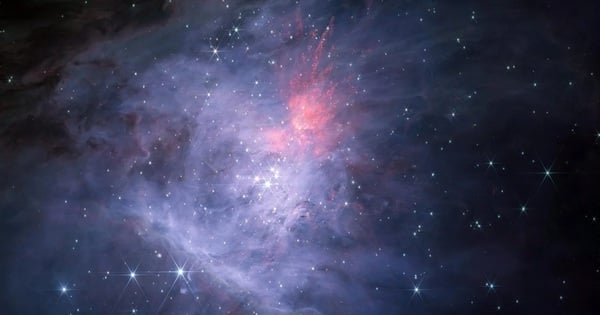

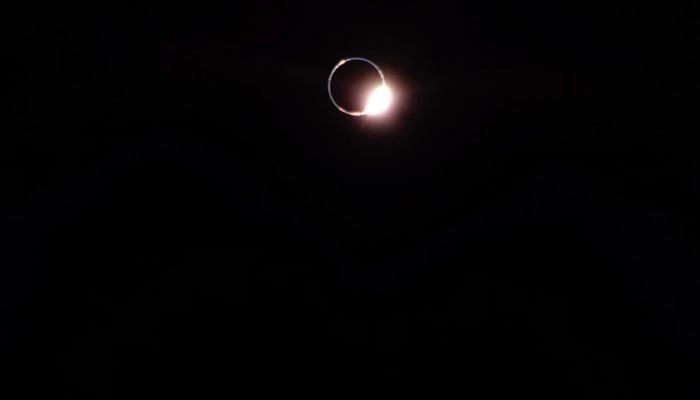

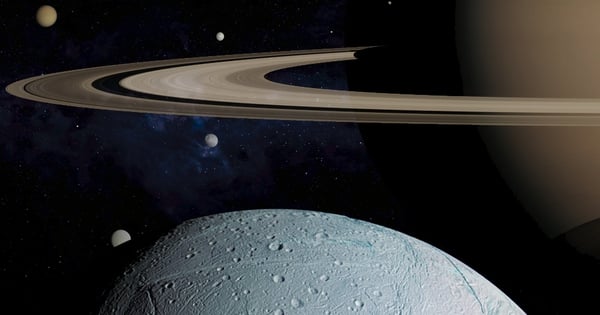
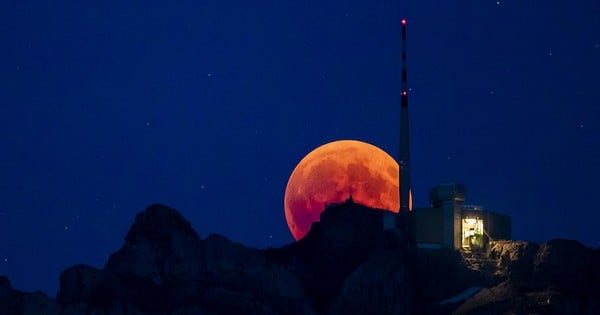
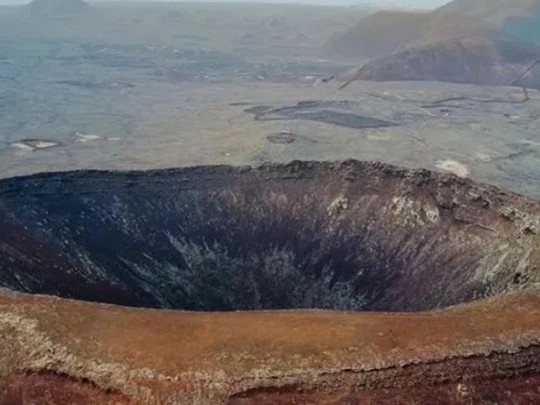


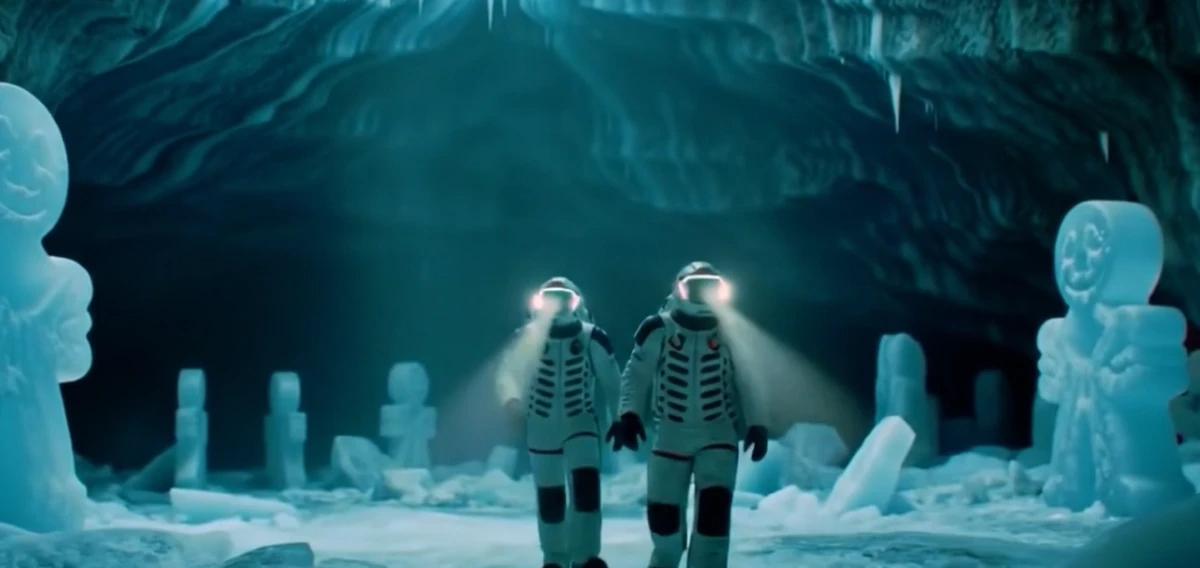



















































































Comment (0)